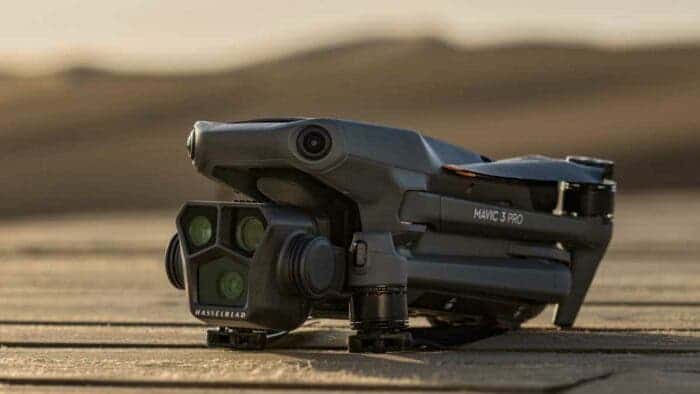Today, DJI uncovered its latest flagship consumer drone dubbed the Mavic 3 Pro. The selling point of the latter is the industry’s first triple camera.
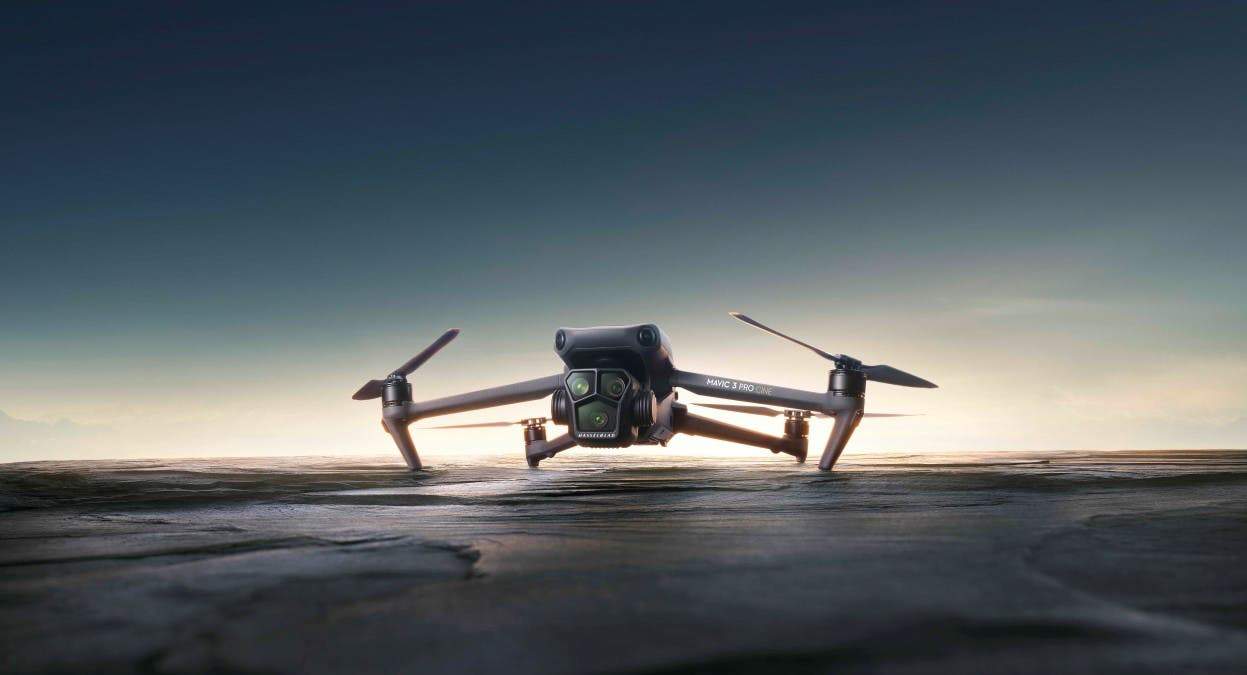
DJI Mavic 3 Pro Camera
The triple camera array on the DJI Mavic 3 Pro consists of the same 24mm Hasselblad Micro Four Thirds camera as the regular Mavic 3. Plus, there are new mid-telephoto and enhanced telephoto cameras with focal lengths of 70mm and 166mm.
Like the regular Mavic 3, the main camera uses the 20MP CMOS sensor. It also has a 24mm equivalent lens with an aperture range of f/2.8-11. The camera’s dynamic range is 12.8 stops. What we like more is the color correction right out of the camera. Due to it, users won’t waste their time digging into settings or post-processing.
Also read: DJI Inspire 3 Drone With Zenmuse X9-8k Air Launched
The main camera can shoot ProRes video up to 5.1K (5120 x 2700) and 12-bit RAW images. At the same time, the drone can record DCI 4K and 4K video at up to 60 fps for regular speed playback and 120 fps for slow speed playback.
Secondary Sensors
As said, there is also a new mid-telephoto camera. The latter supports 3x optical zoom and uses a Type 1 (1/1.3-inch) CMOS image sensor. It can capture 4K video at up to 60 frames per second and images from 12 to 48 megapixels. We need to mention that the camera also supports the new D-Log M color setting.
If you remember, the telephoto camera on the Mavic 3 had a 162mm equivalent lens with an f/4.4 aperture. The new 166mm telephoto camera on the Pro has an improved video frame rate and a faster f/3.4 aperture. The Mavic 3 Pro captures 4K/60p footage, compared to the Mavic 3’s up to 50fps 4K recording. However, both drones still support 12MP image capture and up to 28x digital zoom.
The company has added a 1TB built-in storage. This is quite logical – the higher the quality, the more space it takes.
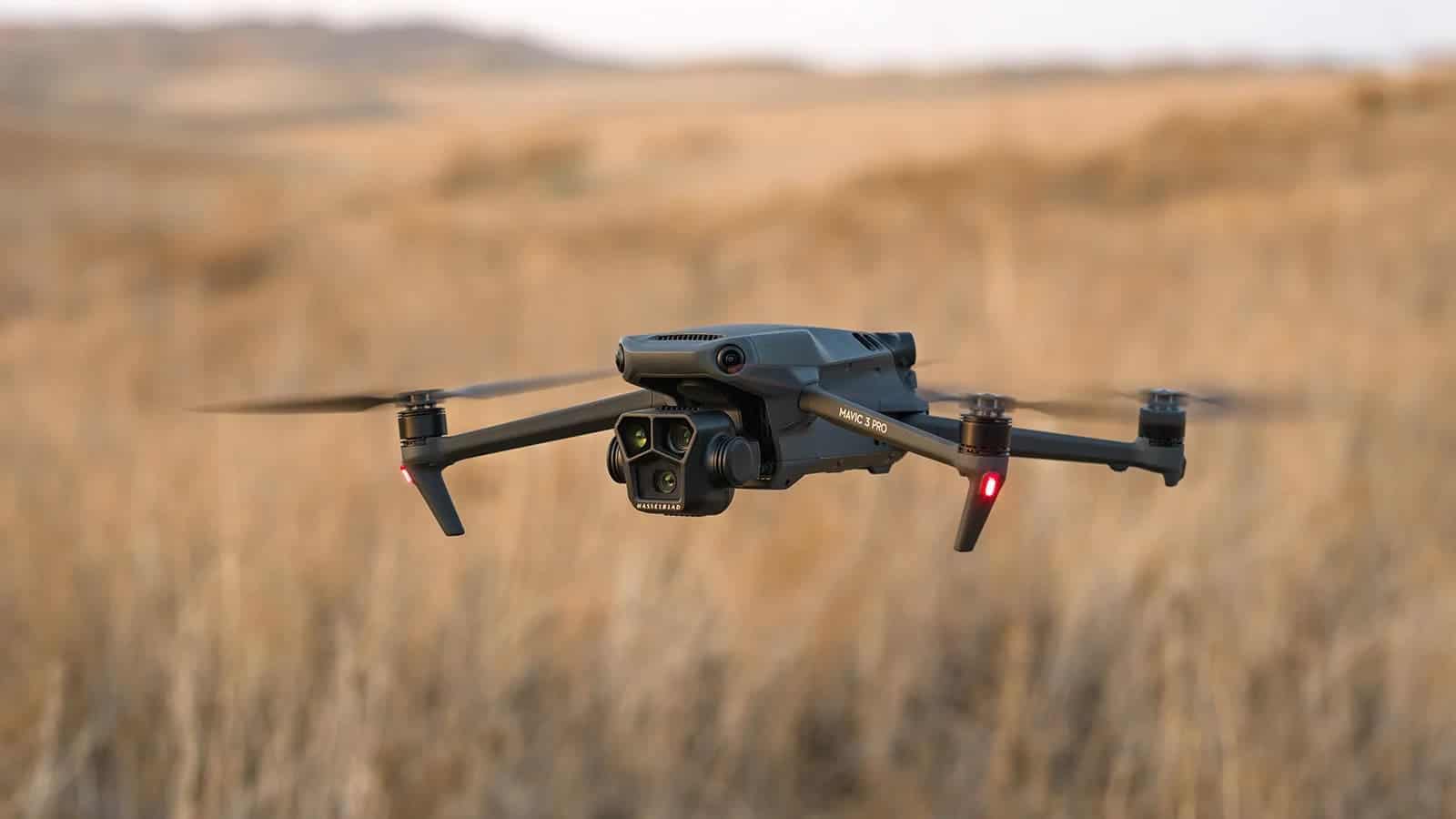
Getting back to one of the biggest highlights of this drone, one billion colors can be captured with the new 10-bit D-Log M color option. DJI claims that the camera “delivers natural color gradations with subtle details for a full-spectrum visual experience, even in high-contrast scenarios like sunrises and sunsets”. In addition, D-Log M makes color grading less difficult, resulting in a more effective and straightforward approach to post-production.
Endurance and Other Features
Well, though the key feature of the DJI Mavic 3 Pro is its camera, the battery is another important spec. This time, the drone provides up to 43-minute flight endurance. Also, it has an omnidirectional obstacle detection and Advanced Pilot Assistance System (5.0). Due to the eight wide-angle vision sensors as well as the powerful vision computing engine, it ensures safe flight.
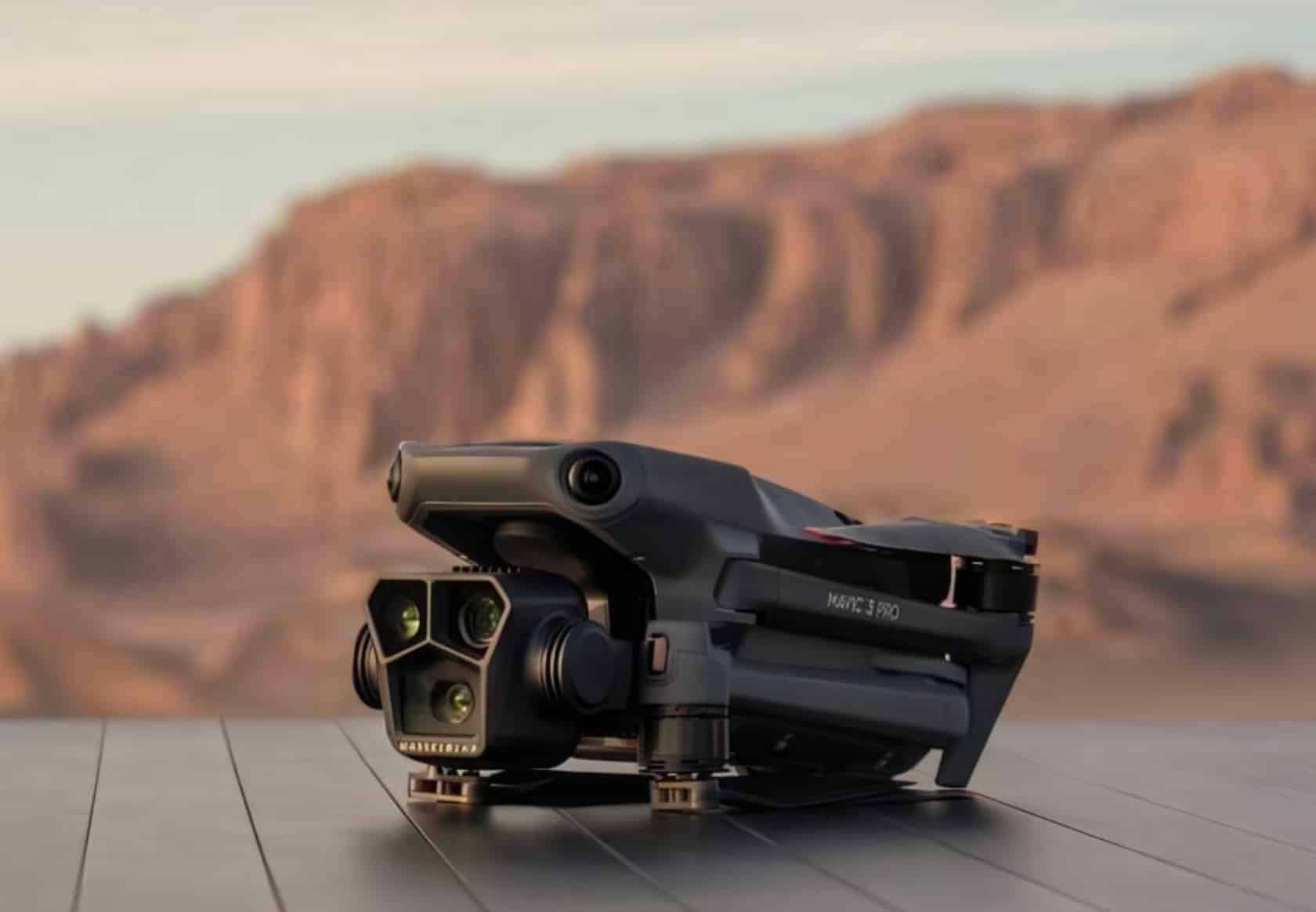
With a host of intelligent settings, the DJI Mavic 3 Pro is easy to use for both beginners and experienced drone fans. Medium telephoto and Hasselblad camera users can automatically select and follow a subject in multiple directions thanks to FocusTrack. You can activate MasterShots with a single swipe, enabling the drone to capture, edit and enhance cinematic video with soundtracks automatically.
The Mavic 3 Pro supports Wi-Fi 6 to send video and image files up to 80MB per second to a connected smartphone. Plus, you can preview Mavic 3 Pro video without actually transferring it. In the LightCut app, you can also edit video using the AI-powered One-Tap Edit mode.
Price and Availability
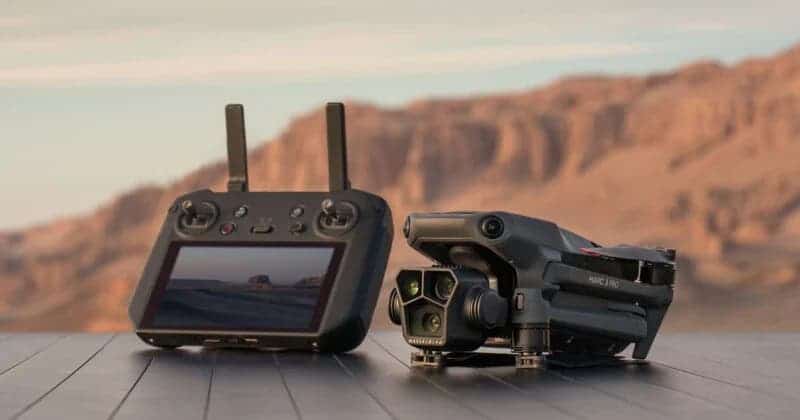
In terms of price, the Mavic 3 Pro is a bit more expensive than the Mavic 3, which starts at $2,049. The DJI RC and Mavic 3 Pro together cost $2,199, while the Fly More package costs $2,999. The latter includes the DJI RC, three intelligent flight batteries, a charging hub, a carrying bag, and a pair of ND filters. The same thing costs $3,889 when used with the premium DJI RC Pro remote (the one with the screen) and $4,799 when used with the Mavic 3 Pro Cine Premium Combo (with the latter accessories). Orders are now open and deliveries will start in May.

